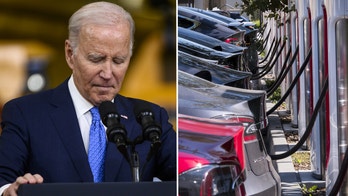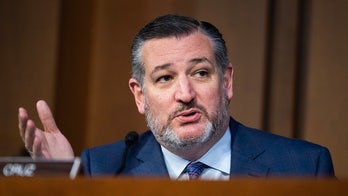The polls.
Politicians either love ‘em, or hate ‘em. Depending on which side they're on in a poll.
Regardless, the art of polling is a strange bit of political alchemy that can make or break candidates. And they're sometimes touted by journalists as a barometer to gauge the political weather patterns.
"The polls" are particularly intriguing in the midterm elections this fall. Especially as so many of the competitive House races are considered to be "toss-ups" or a statistical ties just days before the biggest Congressional elections in 16 years.
So, are all of these races really that close? Or are Republicans on the precipice of a massive, GOP wave? Or could Democrats be poised to just barely hold the House, by the narrowest of margins?
To wit: Say there's a poll that shows candidate A leading the candidate B by eight points. The margin of error is five percent, a little bit above the usual three percentage points that solid pollsters are comfortable with.
The average voter sees an eight point lead with the five point cushion. They could construe that to mean that candidate A is leading by 13 points, or perhaps by as few as three.
But that's a little misleading. Because actually candidate B could truly be in the lead. Mathematically speaking of course.
Let's say a poll comes back with that five-point margin of error. As we said, candidate A has an eight-point lead on candidate B, 54 percent to 46 percent.
However, that five-point margin of error also means that candidate A could be up 59 percent to 41 percent. And here's where it gets tricky. If the poll reveals the candidates to be at 54 to 46, with a five-point margin of error, then candidate B could actually be ahead 51 percent to 49 percent over candidate A.
Weird, huh?
This is where the math gets confusing and demonstrates how easy it is for voters to misinterpret the polls. It could also contribute to the voters' loss of faith in polls when they see a race turn out in a way that was completely unexpected.
That's to say nothing of the generally-accepted idea in polling called the "confidence interval." Most pollsters worth their salt believe that one in 20 polls is flawed. Even if the pollster did everything right. There just vagaries in polling that can never be nailed exactly, regardless of the precision in statistical modeling.
So in short, candidates are right when they say polls can be misleading.
Perhaps in ways they were never anticipating.
And for the record, this piece had a five-point margin of error of being accurate.
- FOX's Martin Hill contributed to this report.




